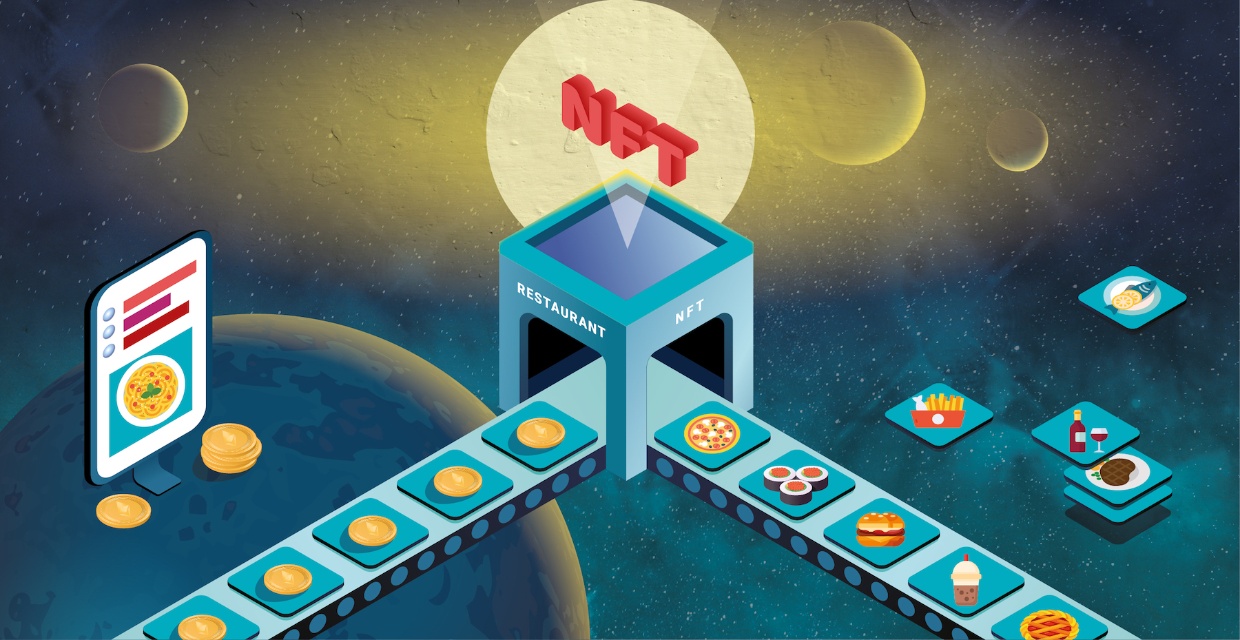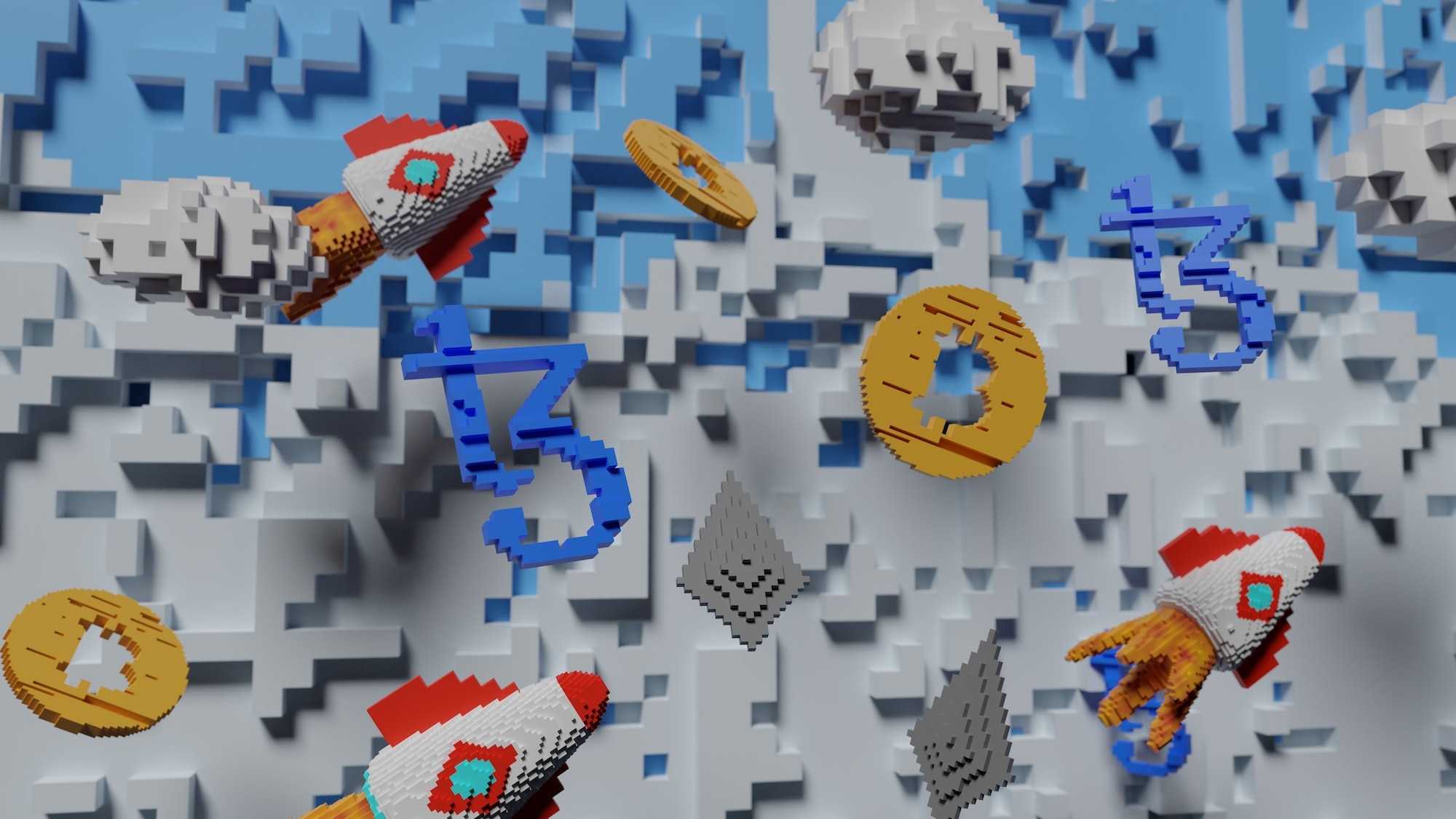6 Hospitality Trends for 2023: What They Mean for Your Business
The hospitality industry is constantly evolving. Discover the key hospitality trends for 2023 and how you can implement them into your business.
NFTs open up many possibilities in a wide range of industries, including hospitality. But how can you use them in your hospitality business? Read more.

It is 2006 and Twitter founder and CEO Jack Dorsey's first tweet goes live. 15 years later, this tweet is sold for approximately 2.9 million US dollars. But it doesn't stop there. A GIF of a rainbow cat is sold for around $590,000. Digital trading cards of NBA players are auctioned off for several hundred thousand US dollars. To understand what this is all about, all you need are three letters: NFT, short for non-fungible token. I'll explain what this means below.
Although there were some early reports of NFTs in the media back in 2014, they experienced a real boom in 2021. There was talk of non-fungible tokens everywhere. One year later and the hype is still enormous. There have also been recent cases in the hospitality industry. But more on that later.
In this Utopia Gastronomica article, I would like to introduce you to the world of NFTs and clarify other relevant terms related to it. In particular, however, my focus is on how non-fungible tokens fit into the hospitality industry and the opportunities this presents for the hospitality of the future.
Before I get into NFTs, it is necessary to clarify the basics. A very important term that must be mentioned is blockchain. It is only through understanding this, that it becomes clear how non-fungible tokens fit in there.
I have been dealing with blockchain for quite some time. In this article, I would like to focus on the general understanding of it.
Basically, a blockchain is a special kind of database. Unlike traditional databases, blockchains store data in a decentralized way, i.e. in a network of multiple computers. What makes them special is the way they organize data. For example, a blockchain is made up of blocks, with each block linked to the one before it. This forms the chain.
Each block contains stored data and is associated with a unique hash value. To keep it short, and without drifting too much into the IT world, hashing automatically generates a shorter string of characters from a large amount of information. Put simply, these hash values act as links in the chain in blockchains. Thus, each block knows the hash value of the preceding block, ensuring that the data content cannot be changed. As a result, the data in blockchains is safe from manipulation – unlike ordinary databases.

Even though Web 3.0 is not a foundation of NFTs, they are strongly connected. Therefore, I do not want to exclude this. Web 3.0 is all about the Internet, which is related to Ethereum. Even though there is no set definition yet, it can be described by certain characteristics.
Decentralization: Information can be stored on multiple computers. Users would no longer need to access the Internet through huge, centralized servers (like Google). Instead, this web is built on a community of users, who have connected their own devices to the Internet to host websites or applications. This ensures that users retain control over their data.
Semantic Web: This is an extension of the World Wide Web. This enhances web technologies by no longer just linking information, but also by understanding the meaning of words. In other words, search engines evaluate keywords and extract a meaning from them. Let's take the word "bank" as an example. This can be both an area of sand at a beach, or your local Bank. In order for the machine to recognize which type of bank is meant, the term is assigned a unique meaning based on algorithms.
Artificial intelligence: In Web 3.0, computers will be able to understand information in a similar way to humans in order to achieve faster and more relevant results. This will be made possible by artificial intelligence and machine based learning.
Connectivity and ubiquity: With Web 3.0, information is connected through semantic metadata (semantic web). It makes the Internet accessible to all of us, at any time and from any place. Users no longer have to rely on devices such as smartphones or computers to access the Internet. The ubiquity of Web 3.0 can give you this access, enabled by new smart devices based on Internet-of-Things technology.
That much to Blockchain and Web 3.0. Now the question remains: How exactly can NFTs be defined in this context? NFT stands for non-fungible token. Another word for token, in this context, is asset or asset value. Simply put, non-fungible tokens are a unique, digital asset that cannot be exchanged with others. And this characteristic is what makes NFTs so unique and special.
Let's use an example: Let's say you run a burger restaurant and create a new burger. Before you add it to your menu, you take a photo of it and turn it into an NFT that you sell online. The person who purchases the NFT is thereby the owner of this unique (virtual) burger.
Like cryptocurrencies, NFTs are based on blockchain technology. A lot of non-fungible tokens are part of the Ethereum blockchain. So you don't pay in euros or dollars, but in the cryptocurrency Ether. Through blockchain, it is possible to trace exactly who is the owner of an NFT. Even if someone creates a copy of your NFT, the counterfeit would have no true value because your asset is the original – which can be proven due to the data stored in blockchain.
At the beginning of this article, I already gave some examples of the NFT community. As you may have seen, pretty much anything digital can be a non-fungible token. Art and collectables in the form of trading cards are particularly popular. But NFTs have also caused quite a stir in the gaming industry. For example, a number of game development studios have recognized the opportunity and are offering in-game items as collectables to sell to gamers.
The hospitality industry is starting to join the NFT Trend. In 2023, for example, the world's first NFT restaurant will open in New York, called the Flyfish Club. Those interested will only be allowed in with a membership card, which they can buy as an exclusive NFT. The US hospitality company VCR Group, founded by entrepreneur Gary Vaynerchuck, is responsible for this project. The following statement regarding the NFT idea can be found on the Flyfish Club website:
By utilizing NFTs, Flyfish Club is able to create a loyal, member-community that we can provide special experiences for. NFT's create new modernistic financial models, which will allow Flyfish Club to deliver an exceptional and sustainable product for years to come.
People interested can choose between two types of memberships: Flyfish and Flyfish Omakase. The former includes access to the cocktail lounge, seafood restaurant and private events. The membership cost is 2.5 Ether – the equivalent of about $8700. With Flyfish Omakase, the premium membership, members have access to the Omasake room – an exclusive and private dining room – in addition to the Flyfish services. This is available for 4.25 Ether or about $14,942.

However, Flyfish Club is not the first culinary concept to incorporate NFTs and blockchain into its business model. The Crypto Street Restaurant that opened up in Clearwater Beach, Florida at the end of 2021 is another example. Not only are the decorations, food and beverages designed around the crypto theme, but cryptocurrencies are also accepted as a means of payment.
Non-fungible tokens, and their application in the hospitality industry, are about much more than exclusive restaurant memberships and crypto-inspired interior design. For example, in February 2022, there was a virtual summit hosted by US food tech company, The Spoon. On the subject of Food Metaverse and NFT, a series of presentations took place, in which experts talked about the future of the food industry in connection to crypto, Web 3.0 & Co. The potential is enormous. However, you will find out which specific possibilities were presented and discussed, and how they could change the entire food industry in the second part of this article series.
What do you think? Is the topic of NFTs in the food service industry merely hype that will soon fade away, or a model that is fit for the future? I, for one, am very curious to see what else will emerge in this area and how the hospitality industry can fully exploit the potential that lies beneath it.
The hospitality industry is constantly evolving. Discover the key hospitality trends for 2023 and how you can implement them into your business.
Avoid these 7 common financial mistakes in the hospitality industry and learn how to run your business successfully.
Digital employees are a very relevant topic – also in the hospitality industry. Find out how to tackle this issue in your business.
Make sure you never miss out on updates and trends about digitalization in the hospitality industry by subscribing to our monthly newsletter. You will receive useful information delivered directly to your inbox.